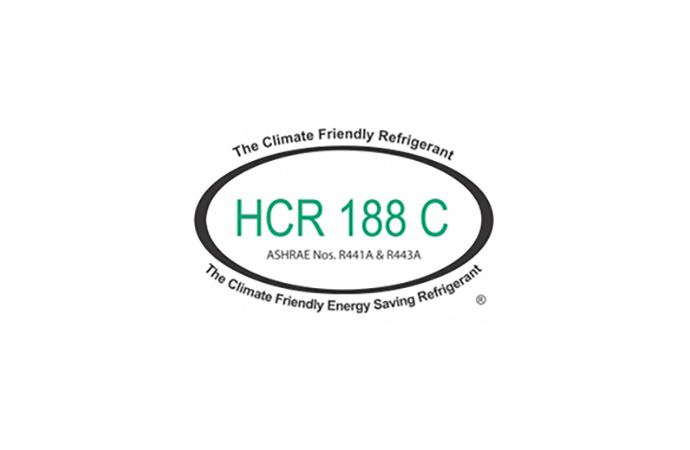The venting of hydrocarbons R600a, R441A and R290 used as substitutes in domestic and stand-alone retail refrigeration, previously prohibited under section 608 of the Clean Air Act legalized in 1995, have been exempt by the US Environmental Protection Agency (EPA) earlier this week (20/05/2014). hydrocarbons21.com talks to leading industry equipment manufacturers, end users and NGOs to understand what this development means for hydrocarbon refrigeration technologies in the US market.

There is no question that this exemption in the short term will bring about wider adoption of hydrocarbon use within US manufacturing that otherwise wouldn't have been, but certainly the long term result can only be positive for HC growth within in the US,” commented Craig E. Roy, North American Sales Manager, Galileo TP.
Before the exemption, Roy considers that manufacturers in the US who had elected to move ahead with hydrocarbons were unsure of the life-span of this technology, and found that it was costly without the exemption.
"The exemption was/is the only solution,” said Roy.
The exemption could give leverage to the use of R290 and R600a by OEMs, as the production as well as the maintenance processes could be simplified. Of much higher impact in the push for hydrocarbon use in the US, would of course be faster schedules towards an HFC ban. But also the energy regulations of the DOE in 2017 could give a significant push to these refrigerants,” said Alexander Adamitzki, Head of Marketing & Business Development for SECOP GmbH.
Adamitzki considers that since the development of R290 in commercial refrigeration has been slow in the US thus far, it will be up to the manufacturers to decide to use the refrigerant taking into consideration factors including energy efficiency.
“But with the [venting] exemption at least one big disadvantage is now eliminated,” continued Adamitzki.
A need for increased charge size and training
The biggest impediment to increased use of hydrocarbons in the US are industry standards which restrict charge size. Although not required, EPA will default to the industry standards so the ISO standard for isobutane in domestic refrigerators and freezers is 75 grams where the EU, and Japanese and Chinese standards are 150 grams. This restriction can be overcome with 2 compressors, as some system manufacturers have done. For butane domestic refrigerators it is my understanding that Underwriting Laboratories (UL) changed their standards so a bigger charge size is going to be allowed. We will need to see the final rulemaking when it is posted in the Federal Register,” said Mark Roberts, Senior Counsel and International Policy Advisor, Environmental Investigation Agency.
In regards to the impact the exemption will have on the uptake of hydrocarbons R600a, R441A and R290 in the US over the coming months, Charles Hon, Engineering Manager at True Manufacturing commented:
It will change the landscape because Service Agents will be willing to work on hydrocarbons. In the past they would not invest $15,000 or more in a reclaim unit. Being able to vent takes that argument away. Now all that needs to happen is training.”
In regards to amending other regulations to further accelerate the growth of hydrocarbons in the US, Roy seconds the need for expanding approved product lines and increasing charge limits within the refrigerant appliance sector to also include the HVAC sector.
Steps to further increase North American market share
Hydrocarbons provide a window for North American manufactures to increase market share and become more innovative towards leading the global market. If not North America it will continue to happen elsewhere,” said Craig Roy. “Whether this technology is one’s first choice or not, it is certainly here and here to stay,” he continued.
We [True Mfg.] have another [SNAP] submittal that would allow R600a into the commercial market and R290 into the residential market. This would remove issues with compressor availability. The very small units can only be designed using R600a, and the larger BTU units can only be done using R290, because of available compressor capacities,” said Charles Hon.
Richard Maruya of A.S. Trust & Holdings, developer of the R441A and R443A hydrocarbon multi-blends, comments that the only way to encourage technological development and manufacturing is to revise government regulation. Maruya believes it is "up to the industry now" to accept a change from R134A to hydrocarbons. As is now happening in Europe, where in the coming years the revised F-Gas Regulation will see the introduction of bans on high GWP refrigerants, Maruya believes that the US government must also take action to drive companies towards investing in very low or 0 GWP refrigerants.
Click here to view the orignial article, US EPA lifts venting prohibition for SNAP approved hydrocarbons.
MORE INFORMATION
Related stories








